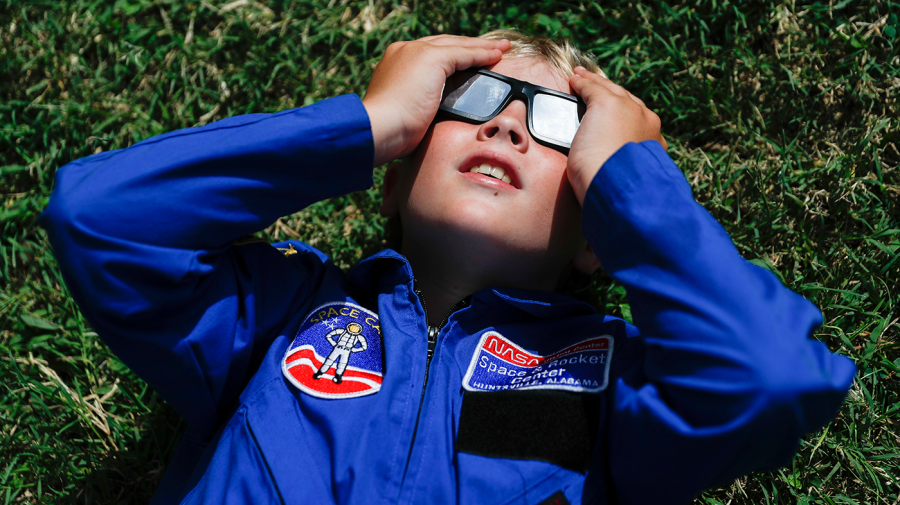
As excitement builds for the solar eclipse on Sunday, be sure you are prepared to safely view the rare celestial event.
Parts of several states will go dark Monday afternoon as the moon passes over the sun. States that are in the total eclipse path include Texas, Oklahoma, Arkansas, Missouri, Illinois, Kentucky, Indiana, Ohio, Pennsylvania, New York, Vermont, New Hampshire and Maine, according to NASA, but several other states will still experience a partial eclipse.
Here’s how you can safely watch the solar eclipse.
Wear eclipse glasses
Looking directly at the sun can cause immediate damage to the eyes, so be sure to wear safe solar viewing glasses, also known as eclipse glasses.
NASA said the glasses must comply with the ISO 12312-2 international standard, noting that eclipse glasses are thousands of times darker than typical sunglasses.
Regular sunglasses will not protect your eyes from the sun, NASA has warned. The American Astronomical Society curated a list of suppliers of safe eclipse glasses on their website.
NASA is also warning people against viewing the sun through a camera lens, telescope or binoculars even while wearing eclipse glasses, saying that the rays “will burn through the filter and cause serious eye injury.” A special-purpose solar filter should be on if watching through a telescope or a camera lens, according to NASA.
NASA recommended that if you do not have access to eclipse glasses, you can use a pinhole projection setup to view the phenomenon with your back to the sun.
Tune into NASA’s livestream
If your state is not in the path of the eclipse or you don’t have access to eclipse glasses, tune into NASA’s livestream to watch the event.
Viewers can watch the total solar eclipse move through Mexico, the United States and Canada online if weather permits it. The NASA broadcast will start at 1 p.m. EDT on Monday, according to its website.
Don’t try to view the eclipse while driving
AAA has warned that excitement around the solar eclipse may cause drivers to be distracted as more people are on the roads to travel to view the event.
“Do not attempt to watch the solar eclipse while driving! The better option is to find a safe place to park, and then observe the eclipse. The peak darkness phase will last just a few minutes,” AAA stated.
AAA also warned people to not drive with the solar eclipse glasses on.
Copyright 2024 Nexstar Media Inc. All rights reserved. This material may not be published, broadcast, rewritten, or redistributed.














